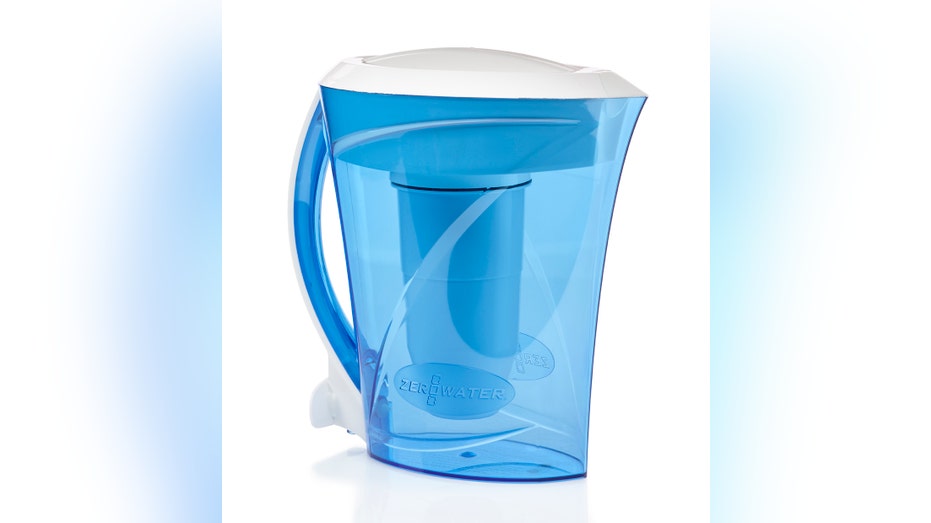Why You Should Think Twice Before Drinking Tap Water

The Environmental Protection Agency is working hard to remove deadly toxins from drinking water being consumed by over six million Americans.
The move comes after Harvard University’s T.H. Chan School of Public Health released a new study showing high levels of industrial chemicals such as polyfluoroalkyl and perfluoroalkyl substances (PFASs)—which are linked to cancer and other health problems—have exceeded federally recommended safety levels in public drinking water in states like California, New Jersey, North Carolina, Alabama, Florida, Pennsylvania and New York.
Researchers used drinking water samples near industrial sites, military fire training areas, and wastewater treatment plants. PFASs are used to provide water, oil and stain repellency to textiles, carpets and leather as well as to create grease-proof and water-proof coatings for paper plates and food packaging. They are also used in chrome plating and firefighting foams.
“For many years, chemicals with unknown toxicities, such as PFASs, were allowed to be used and released to the environment, and we now have to face the severe consequences,” says lead study author Xindi Hu, a doctoral student in the Department of Environmental Health at Harvard’s Chan School and Environmental Science and Engineering at SEAS.
Xindi also says the actual number of people exposed may be even higher than their study found because government data for levels of these compounds in drinking water is lacking for almost a third of the U.S. population.
The federal law that protects public drinking water, the Safe Drinking Water Act (SDWA), is set in place by the EPA, and when FOXBusiness.com reached out to them, a spokesperson responded saying, “we will review the study” and “protective actions are underway.”
Elsie Sunderland, senior author of the water study and associate professor of Environmental Science and Engineering in the Department of Environmental Health at Harvard, says the EPA knew about the report before it was released.
“One of our coauthors on the paper is from the U.S. EPA and he circulated the paper to his senior managers prior to publication. I cannot speak for the agency but I think they are also concerned about this issue and looking at ways to ensure drinking water safety,” Sunderland tells FOXBusiness.com.
Sunderland also says the results were not surprising either.
“High levels of PFASs in drinking water have been reported in several regional studies over the past year,” she adds.
Doug Kellam, CEO of ZeroWater, a Pennsylvania-based water filtration company, says PFASs were not listed by the EPA back then when they first started using them over 60 years ago and suggests people buy the best filter they can.

“This year lead is the big news because of Flint and we are starting to see more on lead in other cities, but there are always contaminants that come and go in terms of importance, so just be prepared to remove the most that you can,” Kellam tells FOXBusiness.com. “Not only is this a healthy decision, it will keep you from buying/drinking bottled water which of course also has the positive environmental factor.”
Update 8/11/14:
Following the publication of our story, the EPA provided FOXBusiness.com with the following statement included below.
EPA is committed to using the best available data and science while continually seeking opportunities to improve our understanding regarding unregulated contaminants. EPA has been actively engaged in understanding and reviewing scientific data pertaining to PFOA and PFOS, and identified these compounds as potentially requiring regulation in 2009. Additionally, EPA required public water systems to collect occurrence data under the UCMR3and conducted a comprehensive health assessment. In May 2016, EPA issued a Health Advisory for these contaminants that provides technical information to state agencies and other public health officials on health effects, analytical methods and treatment technologies for PFOA and PFOS.
EPA will consider the occurrence data from UCMR 3, along with the peer reviewed health effects assessments supporting the PFOA and PFOS Health Advisories, to make a regulatory determination on whether to initiate the process to develop a national primary drinking water regulation. Research, such as the referenced paper, will add to our knowledge base and may be useful as EPA considers the next appropriate steps.
EPA is committed to supporting states and public water systems as they determine the appropriate steps to reduce exposure to PFOA and PFOS in drinking water. As science on health effects of these chemicals evolves, EPA will continue to evaluate new evidence.
EPA's Office of Research and Development, who contributed to the study, continues to develop methods to advance the measurement of these contaminants and technologies and tools to help drinking water and wastewater treatment plants address new and emerging contaminants.
For more information on EPA’s actions related to PFOA and PFOS in drinking water please visit:https://www.epa.gov/ground-water-and-drinking-water/drinking-water-health-advisories-pfoa-and-pfos



















